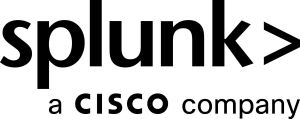Application data
Application data refers to the information that is created, input, stored, processed, or managed by a software application as part of its primary functions. This data is generated by end users or the application itself, supporting the core business or operational tasks the application is designed for. It does not include system-level or server operation data.
Key characteristics of application data are that it is:
- User-focused: Directly supports user interactions and business processes.
- Structured or unstructured: Can include text, numbers, images, files, or multimedia.
- Stored and retrieved: Often persisted in application databases or file storage.
- Distinct from server/application infrastructure data: Excludes logs, metrics, or server configuration details.
Application data typically includes:
- Customer records in a CRM system
- Order details in an e-commerce platform
- Messages in a messaging app
- Documents in a document management system
- Calendar events in a scheduling application
- Survey responses in a survey platform
- Inventory items in a warehouse management system
You might also be interested in application server data.

